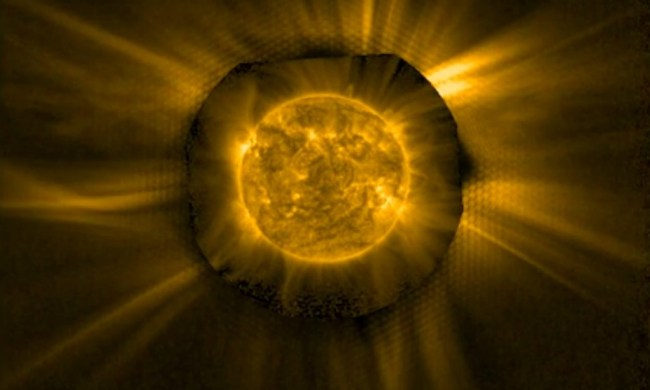Nikon recently shared some tips on photographing April’s total solar eclipse, and NASA is also offering its own ideas.
The total solar eclipse will take place on April 8, and folks in the U.S. will have a great opportunity to witness this extraordinary celestial event. A total solar eclipse occurs when the moon comes between the sun and Earth, momentarily blocking the sun’s rays and casting a huge shadow across a part of our planet.
Next month’s eclipse will be best viewed from a stretch of land running from Maine in the Northeast to Texas in the South.
While many people will want to simply don a pair of eclipse specs to enjoy the experience, others will want to record the event by photographing it.
NASA recently shared a number of tips on how to grab the best shots of April’s total solar eclipse.
First, the agency says to be sure to put safety first by wearing eclipse glasses, which will protect your eyes by reducing the glare of the sun. Also, you’ll need to use a solar filter on your camera to capture the eclipse just before and after totality (when the moon completely blocks the sun), or it’ll be way too bright. But during totality, you’ll need to remove the filter.
NASA’s second tip says that “any camera is a good camera.” It explains that “whether you have a high-end DLSR or a camera phone, you can take great photos during the eclipse; after all, the best piece of equipment you can have is a good eye and a vision for the image you want to create.” NASA says that you can steady the camera during long-exposure shots by sticking it on a tripod and using a shutter-release device, though if you don’t have the latter, then the timer function works just as well for hands-free shots.
NASA’s most compelling tip highlights the benefits of taking time to “look up, look down, look all around.” In other words, while the sun takes center stage in a solar eclipse, be sure to survey your surroundings so that you can properly witness the landscape as it becomes bathed in an eerie light and darkening shadows. Consider photographing the light filtering through the overlapping leaves of trees as they create natural pinholes that project miniature eclipse replicas on the ground. NASA photographer Bill Ingalls recommends focusing on the human experience of watching the eclipse, too, saying: “The real pictures are going to be of the people around you pointing, gawking, and watching it. Those are going to be some great moments to capture to show the emotion of the whole thing.” But if you do that, be careful not to miss the eclipse itself if that’s what you’re there for!
Finally, a key piece of advice: Get familiar with your camera before April 8 and practice with the settings you’re likely to use. “Most cameras, and even some camera phones, have adjustable exposures, which can help you darken or lighten your image during the tricky eclipse lighting,” the space agency says, adding that you should also “make sure you know how to manually focus the camera for crisp shots.” During the event, you’ll see a wide range of brightness, “so it’s best to use a fixed aperture and a range of exposures from approximately 1/1000 to 1 second,” NASA says.
The agency has created a map showing the best places to view the total solar eclipse, which is expected to be viewed by millions of people across the country.


